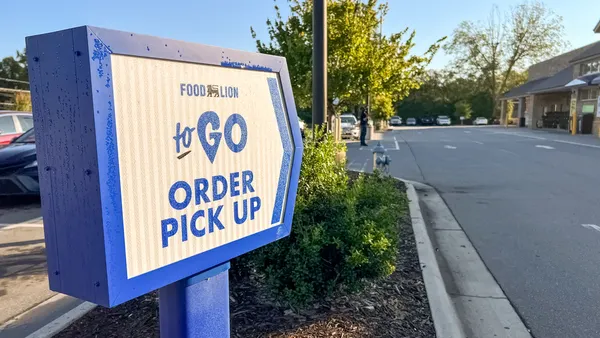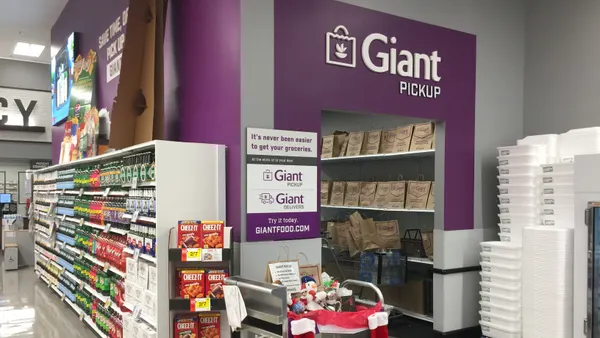The consumer experience is rapidly evolving from a transactional process focused simply on buying to a model built on deep, enriching relationships at every step of the journey. To build these relationships, retailers and brands must become an indispensable and integrated part of consumers' lives. They must build a sophisticated understanding of the way consumers live, eat, shop, work and play – and use this knowledge to provide value in the right place, at the right time.
This is an experience-led consumer journey.
Like any relationship, the bond between a brand and a consumer is built on love, loyalty and trust.
- Love. Do your consumers love their experience with you at every moment that matters, every time?
- Loyalty. Do you go the extra mile to make every interaction with your consumers great – whether they are making a purchase or not?
- Trust. Do you enrich a consumer's life with relevant content, convenience and experiences at the right moments?
That's when trust is created. It's about credibility, reliability and shared values. And trust can be lost as easily as it is gained. The onus is on companies both to earn and keep it. Achieving love, loyalty and trust isn't an overnight transition. To do so, the core question to ask is not, "What capabilities are required?" but rather, "What is the consumer experience I'm trying to create?"
Companies may choose to simplify parts of the shopping journey—what we call the lowercase e experience. Or they may embark on an end-to-end transformation—a capital E experience. In either case, start by considering four areas:
- Consumer data: The fuel that can power an increasingly personalized and connected consumer experience. But you won't get the right to a consumer's data without trust.
- Technology ecosystem: The engine that can go beyond digital or physical to enable an integrated consumer journey.
- Marketing, loyalty programs and content experiences: Opportunities to provide value beyond the transaction.
- Supply chain, operations and merchandising: Consistently deliver on the brand promise across the consumer journey. Because afterall, your consumer experience can't succeed if the last mile fails.
An experience-led consumer journey is no small feat.
It goes beyond selling. It goes beyond e-commerce. It goes beyond channel strategy. It adapts to a world where every journey is different. It requires a consumer-centered view of the entire business, whether you're embarking on a capital E or lowercase e experience.
Retailers and brands have been given permission to change. The question now becomes, what if the consumer journey was made of "trust points" instead of touchpoints?










